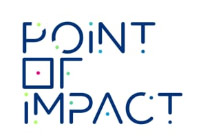Sepsis Awareness Lessons
The full course includes
- Lesson 1 - What is Sepsis?
- Lesson 2 - Identifying Sepsis
- Lesson 3 - Life Post-Sepsis
- Lesson 4 - Antimicrobial Resistance
Follow the interactions on each screen or click the arrows to navigate between lesson slides.
Course author
Point of Impact

Mobile first training
Gamified experience
Course overview
Let's prevent sepsis together.
The full course includes
- Lesson 1 - What is Sepsis?
- Lesson 2 - Identifying Sepsis
- Lesson 3 - Life Post-Sepsis
- Lesson 4 - Antimicrobial Resistance
